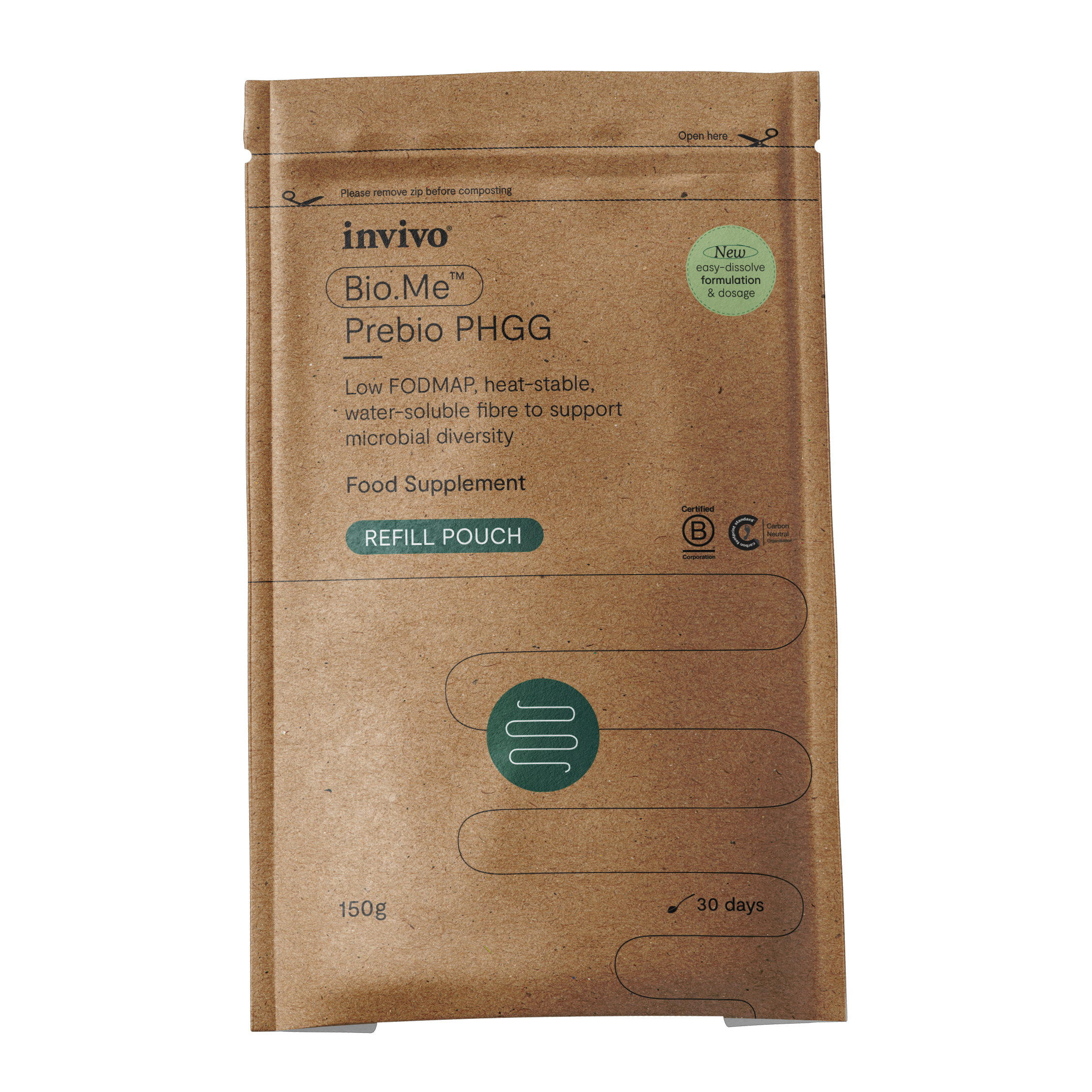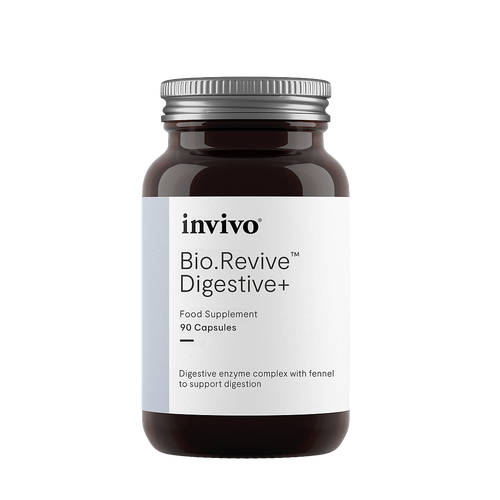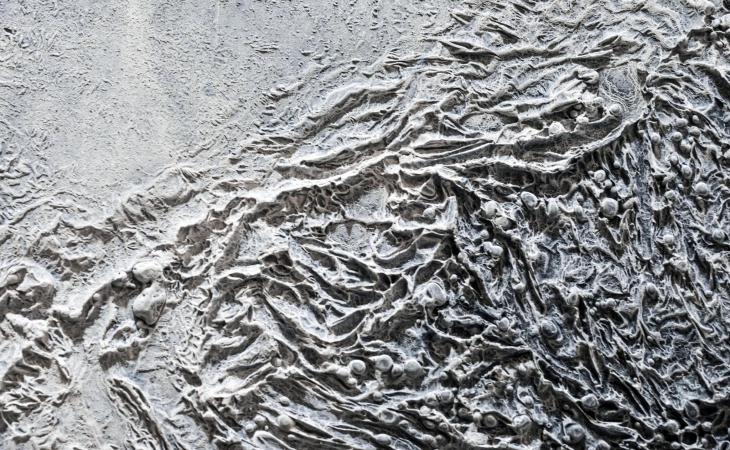Low-grade chronic inflammation, caused by too much cross-talk with the microbiome of the gut or oral cavity, is a driver for chronic conditions such as type 2 diabetes, auto-immune conditions, atopic conditions, depression, anxiety and cardiovascular disease1. In the past, we were often searching for an allusive ‘parasite’ or pathogen which was the causative figure, and even though this can sometimes be the case, it is far more apparent that it is actually a pattern of commensal microbiome changes and host responses that leave us vulnerable to a pro-inflammatory state.
Low-Grade Chronic Inflammation – Metabolic Endotoxemia
Metabolic endotoxemia is a term used to describe a situation in which the body has a higher circulation level of lipopolysaccharides (LPS) (also known as endotoxins) in the blood, which results in the production of pro-inflammatory cytokines.
Lipopolysaccharides (LPS) are small molecules which are most often found in the outer cell wall of gram-negative bacteria. They bind to the toll-like receptors in the epithelial cells and are potent stimulators of our immune system. LPS trigger an increased release of pro-inflammatory cytokines, which can then signal the further release of cytokines around the body, and also impact upon the blood brain barrier.
Small amounts of LPS are actually important for immune maturation and development, but high levels of LPS in the serum are linked with excessive inflammation and immune dysregulation. They are so strong in provoking an immune response that inflammatory models used in research are evoked by injecting LPS into the system.
The low-grade inflammation created by metabolic endotoxemia can both be a trigger or mediator for chronic conditions, such as cardiovascular, autoimmune, diabetes and insulin resistance. The latest research is also recognising it as a trigger in mental health conditions such as depression and anxiety1,2.
The Role of the Mucin Lining & Host Defences
The innate immune system in the gut is well primed to keep the onslaught of microbes away from the immune system, preventing overreaction. This is dependent on several factors:
- A healthy mucosal barrier, which contains mucins, antimicrobial peptides such as beta-defensins, and immunoglobulins, such as secretory immunoglobulin A (sIgA), which as a team keep a protective barrier between the microbes and the immune system3.
- An intact epithelial lining – damage, such as ulceration or damage to cells, or increased gap junctions between epithelial cells, can increase the movement of small proteins and LPS into systemic circulation.
- A balanced diet – diets rich in fats increase the absorption of LPS via chylomicrons across the gut wall, resulting in a higher LPS load in the system4.
- The Kupffer cells in the liver are responsible for breaking down LPS. Optimising liver function and bile flow may help excretion5.
Patterns of Bacterial Abundance & Host Biomarkers
When looking at the gut microbiome, we want to ascertain both protective and possibly pathogenic factors that can contribute to metabolic endotoxemia. Firstly, looking at the health of the host defences is important. Absent beta-defensin 2, and low sIgA start to give us clue that host defences are low, with a possible thinning of the mucosal lining, as this is where they are found.
The absence of Akkermansia muciniphila is associated with a disrupted mucin lining, and metabolic conditions, such as obesity and type 2 diabetes6. This can be coupled with the absence of diversity in the butyrate producing commensal bacteria, such as Faecalibacterium prausnitzii, Roseburia hominis, Anaerostipes caccae and Eubacterium rectale, as butyrate plays an important role in maintaining epithelial health.
Bacteriodes spp. are a commensal bacteria group that take up a large amount of space in the Western gut. Diversity of their sub-species are key, as they cross-feed and keep each other in check. When the diversity of the Bacteroides sub-species is thrown off, single species such as Bacteroides vulgatus or Bacteroides thetaiotaomicron can start degrading and thinning the mucin lining and be linked to inflammatory processes7,8.
Ruminococcus gnavus, in high abundance, and especially when present with Ruminococcus torques, can be triggering factors for a poor mucin lining, and poor gap junction functioning, which is characterised by a raised zonulin family peptide level. This has been shown to be a trigger for autoimmune diseases such as arthritis and systemic lupus erythematosus9–11. These patterns of bacterial abundance show that even without the extra complication of pathogens, it is easy to see how a lack of diversity of commensals and a proliferation of mucin-degrading bacteria can begin to set the scene for mucosal lining damage, and low-grade inflammatory pictures. If this is coupled with high abundance of gram-negative bacteria, or the presence of endotoxin producing bacteria, this adds another inflammatory layer towards metabolic endotoxemia.
How to Improve the Mucin Lining, Host Immune Response & Lessen the Impacts of Metabolic Endotoxemia
Polyphenols, especially those found in aronia berry, has been shown to increase Akkermansia species, improve mucin production and increase secretory immunoglobulin A (sIgA)12,13. Fucoidan, found in brown seaweed, has also been shown to support mucin production and improve Akkermansia species14. Prickly pear has been shown to increase the mucin lining and protect from metabolic endotoxemia15. Feeding the diversity of the microbiome with appropriate fibres, polyphenols and prebiotics can also be protective. Secretory immunoglobulin A (sIgA) production and movement in to the mucosal lining is dependent on vitamin D3 and Vitamin A16.
Alongside supporting the mucosal lining, reducing excessive fats in the diet, and also limiting alcohol intake, can help to reduce the amount of LPS that get pulled into systemic circulation, triggering an inflammatory response17. Supporting liver cell processes and bile production with antioxidants and herbs that have either choleretic or cholagogue properties, such as burdock, milk thistle, dandelion or artichoke, can help to support the clearance of LPS from the system18–20.
Probiotic blends which contain specific strains of Lactobacilli and Bifidobacterium have been shown to down-regulate the uptake of LPS, improve the gut barrier, and increase IL-10 production, which helps to reduce low-grade inflammation. Research has shown they can improve depressive symptoms through these mechanisms21. If there is a high load of gram-negative bacteria, their reduction, as well as improving commensal abundance, may be required if there are symptoms present. Herbs such as thyme, wormwood, barberry and sage, may be useful to help to craft the microbiome in a way to reduce the load of pathobionts on the system22,23.




